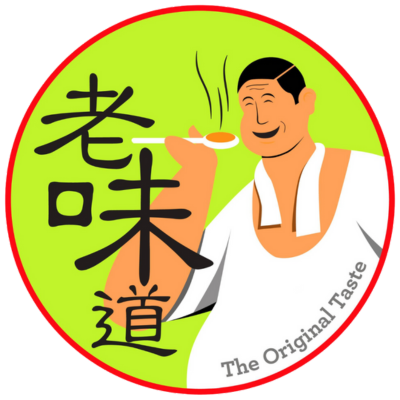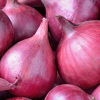Vegetarianism is a dietary choice embraced by individuals worldwide, including both Chinese and Western cultures. While both cuisines offer a variety of vegetarian options, there are notable differences in ingredients, flavors, cooking techniques, and cultural influences. This essay aims to explore the distinctions between Chinese and Western vegetarian food, highlighting their unique characteristics and culinary approaches.
Ingredients and Flavors
Chinese Vegetarian Food
Chinese vegetarian cuisine emphasizes a wide array of vegetables, tofu, tempeh, seitan, mushrooms, and various plant-based proteins like mock meats and gluten-based products. Flavor profiles often include a combination of sweet, sour, salty, and umami tastes, achieved through the use of soy sauce, fermented ingredients, vinegar, ginger, and garlic.
Western Vegetarian Food
Western vegetarian cuisine frequently incorporates ingredients such as legumes, grains, nuts, seeds, dairy products, and eggs. Flavors often rely on herbs, spices, and sauces, with influences from Mediterranean, European, and American culinary traditions. Fresh herbs like basil, thyme, and rosemary, as well as aromatic spices like paprika, cumin, and oregano, are commonly used to enhance the taste of dishes.
Cooking Techniques
Chinese Vegetarian Food
Chinese cuisine encompasses a range of cooking techniques, including stir-frying, steaming, braising, deep-frying, and boiling. Stir-frying is a prevalent method that quickly cooks vegetables and other ingredients over high heat, preserving their vibrant colors and crunchiness. Steaming is another popular technique that retains the natural flavors and nutrients of vegetables.
Western Vegetarian Food
Western cuisine employs a diverse set of cooking techniques. Roasting, grilling, baking, sautéing, and simmering are commonly used methods to enhance the flavors and textures of vegetables and other vegetarian ingredients. Roasting vegetables brings out their natural sweetness, while grilling imparts smoky flavors. Baking and simmering are often utilized for creating casseroles, stews, and baked goods.
Cultural Influences
Chinese Vegetarian Food:
Chinese vegetarian cuisine has deep roots in Buddhist and Taoist traditions, where vegetarianism is practiced for spiritual and ethical reasons. As a result, Chinese vegetarian dishes often replicate the textures and flavors of meat-based dishes using plant-based substitutes. Buddhist temples and vegetarian restaurants in China offer a wide range of vegetarian options with complex flavors and textures.
Western Vegetarian Food:
In Western cultures, vegetarianism is embraced for various reasons, including health, environmental concerns, and animal welfare. Western vegetarian cuisine celebrates the natural flavors of vegetables and focuses on culinary creativity. It incorporates regional and international influences, including Mediterranean, Italian, Mexican, and American cuisines, resulting in diverse and innovative vegetarian dishes.
Chinese and Western vegetarian food demonstrate distinct characteristics in terms of ingredients, flavors, cooking techniques, and cultural influences. Chinese vegetarian cuisine often utilizes mock meats and umami-rich ingredients, while Western vegetarian cuisine highlights a variety of vegetables, herbs, and spices. Both offer unique and delicious options for individuals seeking vegetarian or plant-based meals. By appreciating the diversity of these culinary traditions, individuals can enjoy a rich and fulfilling vegetarian experience regardless of cultural background or personal preferences.





